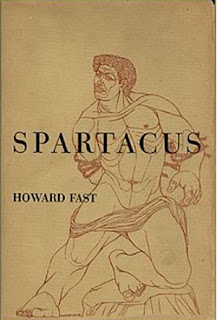The Teacup Poisoner
Graham Frederick Young was born September 7, 1947, better known as "The Teacup Poisoner" and later
the "St. Albans Poisoner".
His
mother died a few months after his birth. His father sent him to live with an
uncle and aunt. A few years later he was separated from his aunt and uncle in
order to live with his father and new stepmother.
In
1961, he started to test poisons on his family, and school friends. enough to
make them violently ill with severe pain symptoms.
On
Easter Saturday, April 21, 1962, Young's stepmother, Molly, died from poisoning
and shortly afterward his father became seriously ill and was taken to
hospital where he was told that he was suffering from antimony poisoning and
one more dose would have killed him. Young's aunt, who knew of Graham's fascination with chemistry and poisons,
became suspicious. Young was arrested on May 23, 1962, and confessed to the
attempted murders of his father, sister, and friends. The remains of his
stepmother could not be analyzed because she had been cremated which was
suggested by Graham.
Young
was detained under the Mental Health Act in Broadmoor Hospital, an institution for patients with mental disorders. He was diagnosed with personality disorder, schizophrenia, and signs of the autism spectrum.
In
June 1970, after nearly eight years in Broadmoor, the prison psychiatrist decided Young,
"is no longer obsessed with poisons, violence, and mischief". He was
deemed, "fully recovered" and was released. (In the hospital Young
had studied medical texts, improving his knowledge of poisons, and continued
experiments using inmates and staff .)
After
his release, he began work at John Hadland Laboratories. The company
manufactured thallium bromide-iodide infrared lenses, which were used in
military equipment. No thallium was stored on-site, but Young obtained his supplies
of poison from a London chemist. His employers were not informed of his past as
a convicted prisoner.
Soon
after he began work, his foreman grew ill and died. Young had been making tea
laced with poisons for his colleagues. He
poisoned about 7 people during the next few months.
At
this point, it was evident that an investigation was necessary. Young told a colleague that his hobby was the study
of toxic chemicals. The colleague went to the police, who uncovered Young's
criminal record.
Young
was arrested, on November 21,1971. Police found several poisons, as well as a
detailed diary that he had kept, noting the doses he had administered, their
effects, and whether he was going to allow each person to live or die.
At
his trial, he pleaded not guilty and claimed the diary was research for a fantasy novel. He was convicted again
and sentenced to life in prison. He was dubbed "The Teacup Poisoner".
Young
died in prison on August 1,1990, one month before his 43rd birthday. The
cause of death was listed as myocardial infarction (heart attack).
Added
note:
In
November 2005, a 16-year-old Japanese schoolgirl was arrested for poisoning her
mother with thallium. She claimed to be fascinated by Young and kept an online blog, similar to Young’s
diary, recording dosage, and reactions.













